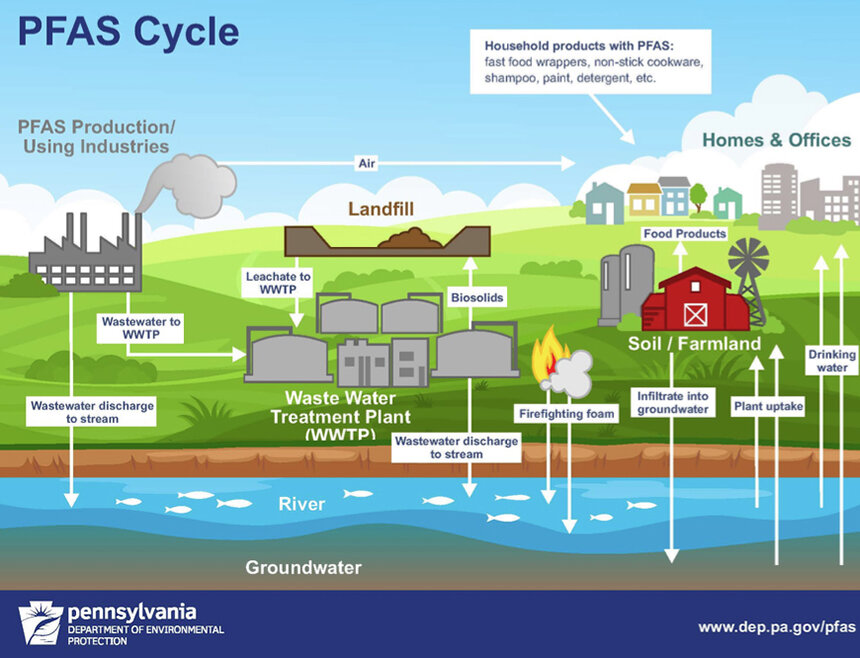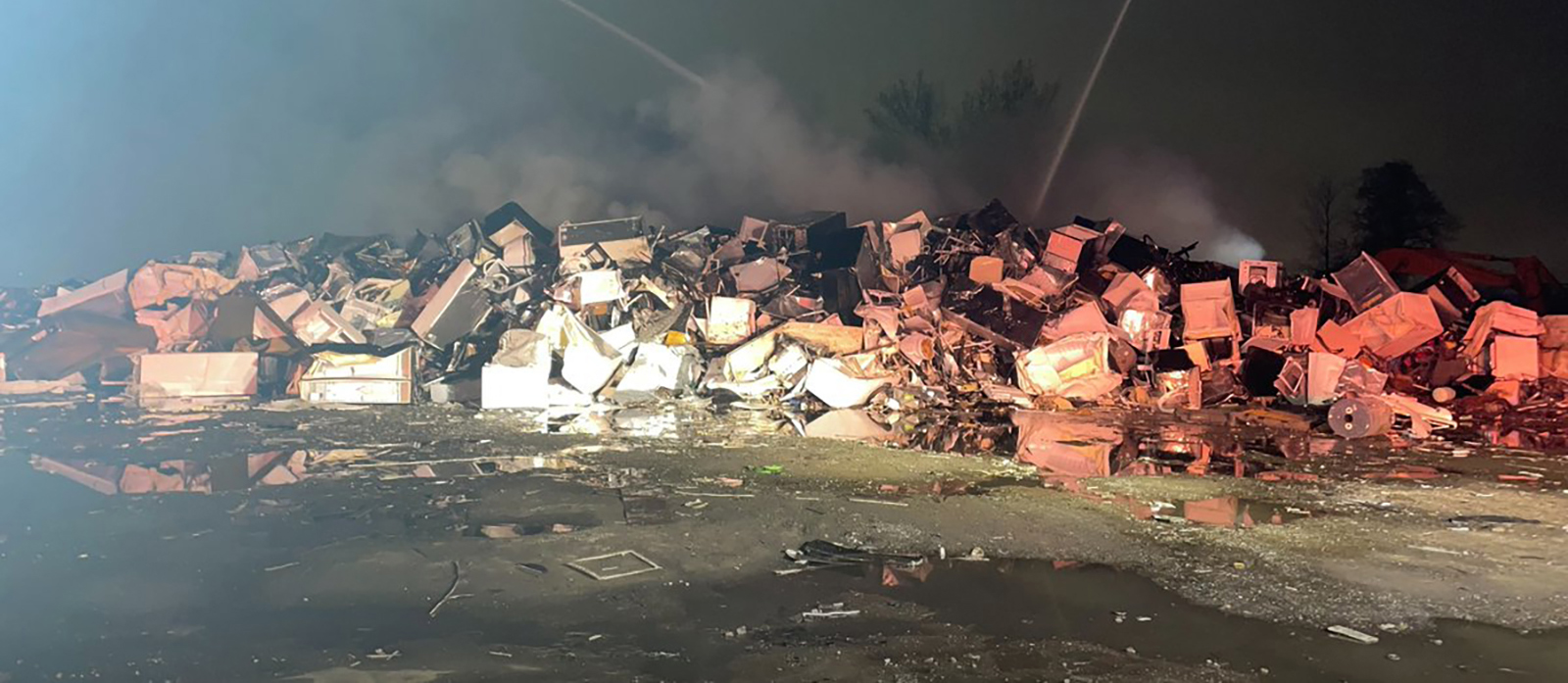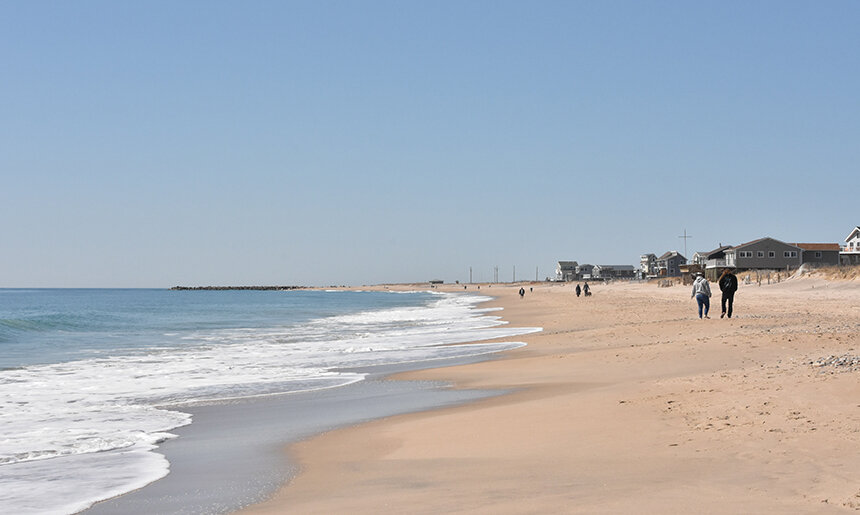Rhode Island Tracks Down Illegal Cesspools
February 27, 2014
All cesspools within 200 feet of the Ocean State shoreline have been illegal for two months. The Rhode Island Cesspool Act of 2007 gave homeowners until Jan. 1 of this year to remove them.
About 40 percent of Rhode Islanders get their drinking water from groundwater sources or from small local reservoirs, and obsolete cesspools are a major source of pollution to these water supplies. Rhode Island banned cesspools in new construction in 1968, but there are an estimated 25,000 or so still actively in use, including nearly a thousand in high-risk areas, such as on the coast.
Using geographic information systems (GIS) mapping and combing through septic system permits and sewer connection documents, the state Department of Environmental Management (DEM) was able to identify 945 cesspools operating within 200 feet of the coast, a public well or public drinking-water supply, such as the Kickemuit Reservoir in Bristol County, Wallum Lake in Burrillville and Easton Pond in Newport.
Of the 945 in violation, 504 of the properties have replaced their cesspools with a an onsite wastewater treatment system — likely a septic system — or have connected to public sewer, according to Jon Zwarg, a senior environmental scientist with DEM. Of the remaining properties, more than 300 are in the permitting pipeline to be replaced. They technically are illegal at the moment, but will be replaced when the weather improves and the ground warms.
The remaining 100 or so properties are in violation, for one of three reasons: property owners who are simply ignoring or willing to fight state law; summer residents who haven’t yet received any of the three DEM notification letters; or they are homeowners living on a fixed income who are afraid they will lose their house if they are made to upgrade from a cesspool. Zwarg said no one will lose their home because of this law. He said the goal of the law is not to punish people, but to improve wastewater management, especially in areas vulnerable to public health and environmental risks.
The law includes a hardship provision, which gives those with limited financial resources an additional five years to replace their cesspool.
“Most people just want to know what they need to do,” Zwarg said. “They understand the importance of supporting clean water.”
Low-interests loans also are available to help property owners replace phased-out cesspools, as connecting to the local sewer system or installing a septic system can be expensive. The average cost to replace a cesspool with a septic system is typically between $10,000 and $15,000. The average cost for a sewer tie-in is between $1,000 and $2,000.
Many of Rhode Island’s existing cesspools are connected to old housing stock in the shoreline communities of Westerly, Warwick, Portsmouth and North Kingstown. Warwick and North Kingstown, along with Tiverton and East Providence, are looking to extend the reach of their public sewer system.
Three municipalities — New Shoreham (Block Island), Charlestown and South Kingstown — have local requirements in place to replace all cesspools, not just those identified under state law.
For more than a decade the state had been grappling with adopting a law that would eliminate this substandard method of waste removal. “Cesspools are an antiquated method of sewer disposal,” said Brian Moore, DEM’s chief of groundwater and wetland protection. “Cesspools offer no protection or treatment of waste.”
Rhode Islanders generate about 150 million gallons of wastewater daily, according to the Rhode Island Clean Water Finance Agency. In many areas of the state, wastewater is collected at 19 municipally owned treatment facilities and purified before it finds its way back into the state’s waterways.
But nearly a third of Rhode Island’s households dispose of sewage and wastewater into cesspools or septic systems buried under their own backyards, often on property that also contains well water for drinking and bathing. Many of the systems used by those 135,000 or so households are either inadequate or failing.
Save The Bay has blamed cesspools and, to a lesser extent, failing septic systems as the main contributors to beach-water pollution. Cesspools, which are often nothing more than perforated steel buckets buried in shallow pits or a hole filled with rocks, allow sewage to flow under and above ground into storm drains and vital waterways.
Greenwich Bay is a shallow 5-square-mile cove in which water doesn’t circulate adequately with Narragansett Bay to flush out pollutants, It is surrounded by one of the most densely built communities in the state. Impervious surfaces are omnipresent, and several local neighborhoods have balked at mandates to eliminate cesspools.
Those who have upgraded from illegal cesspools and those paying for sewage service are footing the bill for keeping the Ocean State’s waters clean. The tourism industry and shellfish operations lose money when beaches and shellfish beds are closed because of unsafe levels of pathogens in the water.
“It’s important that we protect our water,” said Donna Hutchinson, a North Smithfield resident who is frustrated that some of her neighbors still have cesspools. “These illegal cesspools use our soil and water as a litter box. There’s nothing in place to effectively enforce the law. If we don’t have a plan to enforce, we’ll be looking at scofflaws for years.”
Moore admitted that there currently isn’t a finalized approach to the compliance issue, but he said those who haven’t yet complied will eventually be held responsible.
“We don’t want to be rewarding people for dragging their feet and willfully not participating,” he said.
Categories
Join the Discussion
View CommentsRelated Stories
Your support keeps our reporters on the environmental beat.
Reader support is at the core of our nonprofit news model. Together, we can keep the environment in the headlines.
We use cookies to improve your experience and deliver personalized content. View Cookie Settings



